Updates & Blog
10 Must-See State Forests of the U.S. South
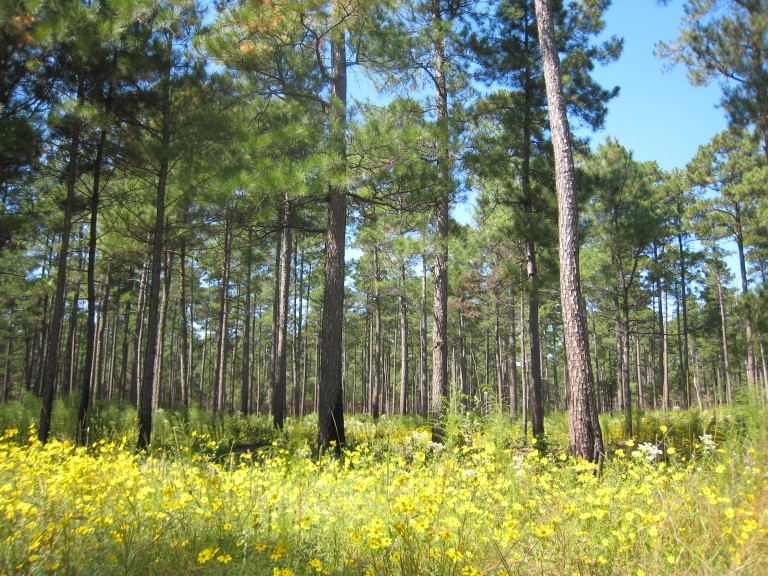
In honor of National Public Lands Day, celebrated annually on the fourth Saturday of September, the Southern Group of State Foresters is highlighting some of the South’s most prized state forest lands. From my home state of Virginia, down to Florida and west to Texas, these wild places offer outdoor recreation opportunities as diverse as the lands themselves – from hiking and biking, to fishing, hunting and camping. They also provide a unique look at nature, where native flora and fauna thrive. State Forests are typically managed by local state forestry agencies under a variety of management objectives. These can include recreation, wildlife enhancement, soil and water conservation, research, education, aesthetic beauty and forest products.
Planning to visit a state forest? Before you go, check with the appropriate state forestry agency regarding forest rules, regulations, fees and other pertinent visitor information. Make sure to bring water, sun protection and weather/outdoor-appropriate gear, and bring along a litter bag to store and properly dispose of any trash you might find or generate while enjoying your outdoor adventure.
Appomattox-Buckingham State Forest | Virginia
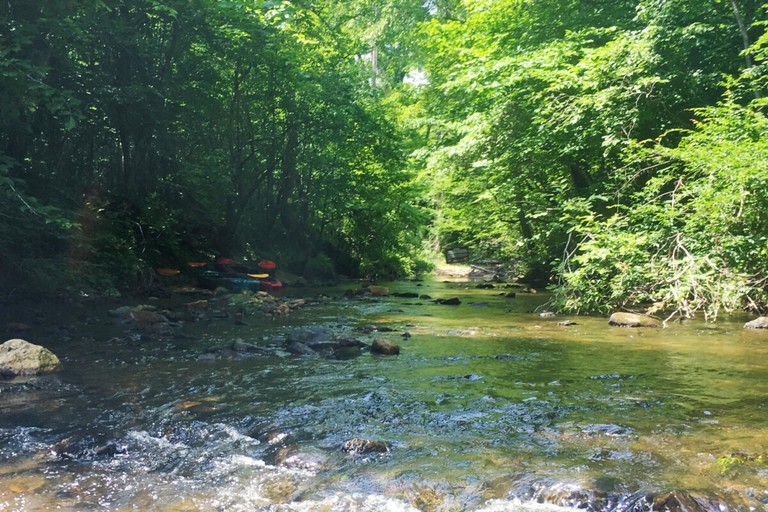
The Appomattox-Buckingham State Forest is Virginia’s largest state forest, covering 19,513 acres in Appomattox and Buckingham counties. The forest is home to Slate River Reservoir, Holliday Lake, Holliday Creek and numerous other streams with abundant fishing opportunities. Rock formations along Holliday Creek and the Appomattox River resemble mountain streams found farther west in Virginia. With multi-use trails available for hiking, biking, horseback riding, wildlife viewing and more, this state forest is the perfect place to discover outdoor Virginia. The Forest is managed for sustainable timber production, demonstration of scientific forest management, applied forest research, diverse wildlife habitat, watershed protection, biological diversity and passive outdoor recreation.
DuPont State Recreational Forest | North Carolina
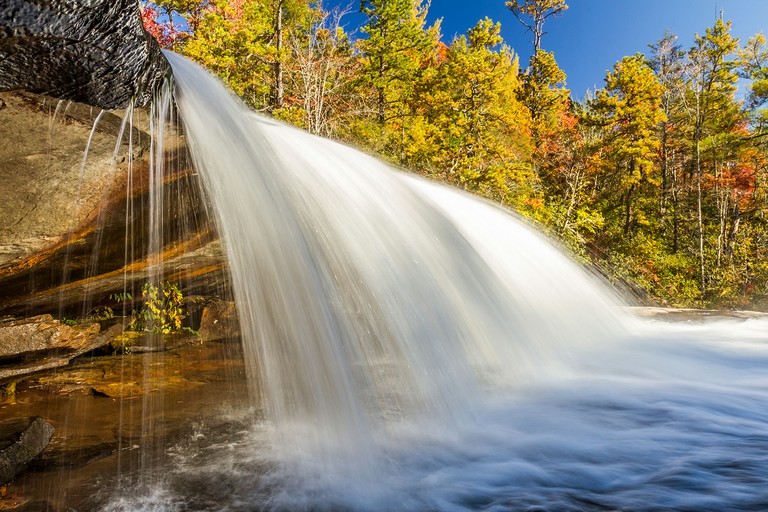
North Carolina’s DuPont State Recreational Forest covers more than 12,000 acres in Transylvania and Henderson counties. While the forest has more than 40 miles of multi-use roads and nearly 60 miles of multi-use trails supporting the forest’s recreational opportunities, most of the forest is a dedicated nature preserve.
Tygarts State Forest | Kentucky
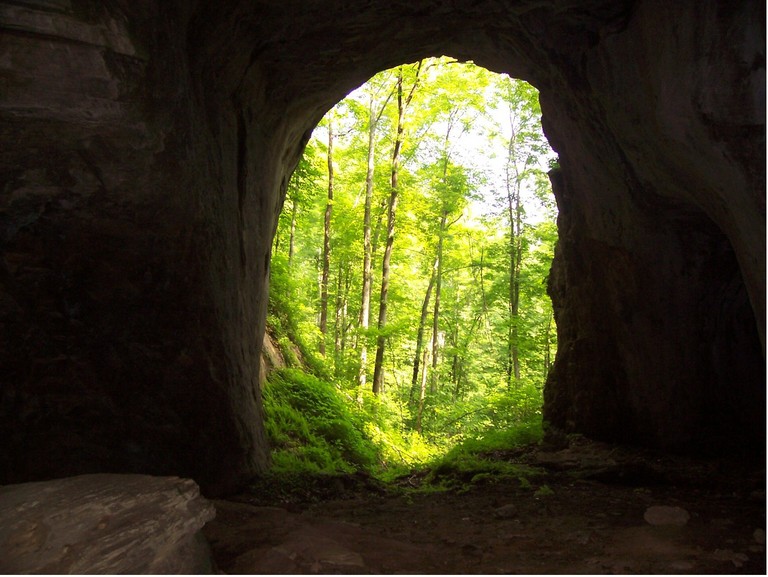
Tygarts State Forest is 946 acres of beautiful rolling hardwoods located near Morehead in northeastern Kentucky. The forest contains areas that demonstrate timber stand improvement, oak reforestation and a logging BMP trail. It is adjacent to Carter Caves State Park and is open to hiking, hunting and horseback riding.
W.G. Jones State Forest | Texas
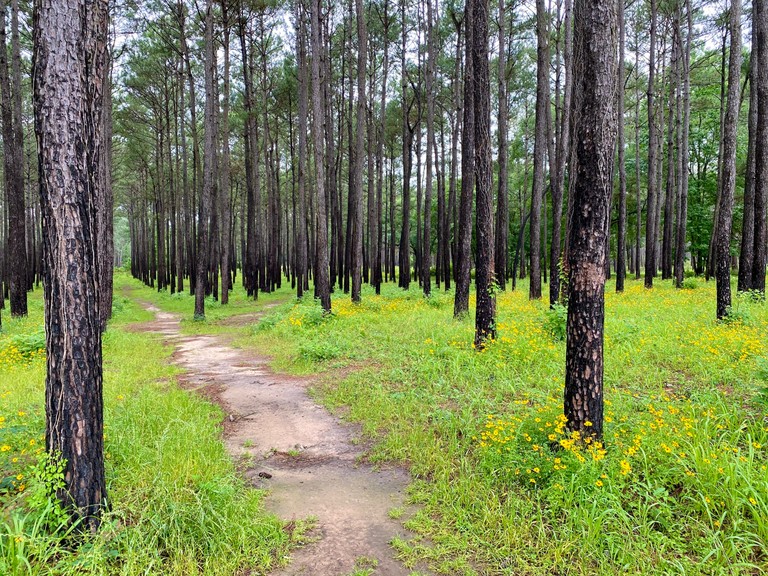
W.G. Jones State Forest in Conroe, Texas, is one of the nation’s largest working urban forests. Its location and ecological distinctiveness make it a unique resource for demonstrating and showcasing research in urban forestry issues, environmental education and other opportunities, improving community health and outdoor nature connections, and connecting diverse community members to the benefits of natural resource conservation.
Lake Wales Ridge State Forest | Florida
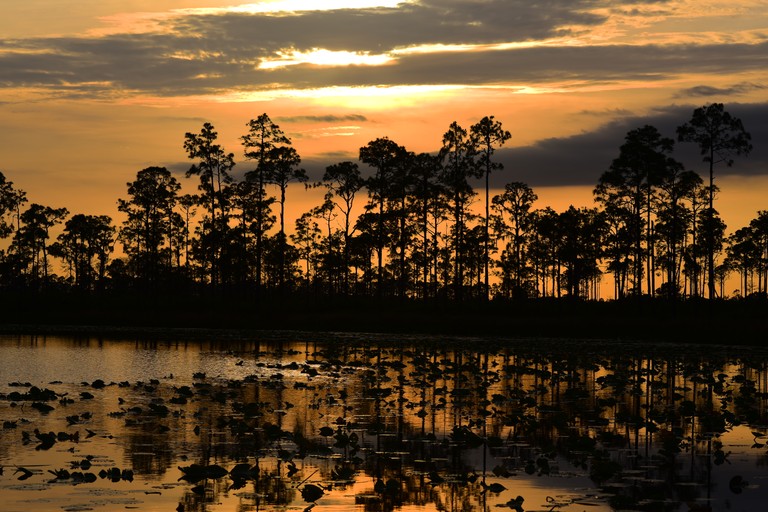
Lake Wales Ridge State Forest, located on more than 26,000 acres in Polk County, Florida, offers excellent recreational opportunities, including hiking, fishing and horseback riding. The forest also provides habitat for a wide variety of the state’s amazing plants and wildlife, including many threatened and endangered species.
Harbison State Forest | South Carolina
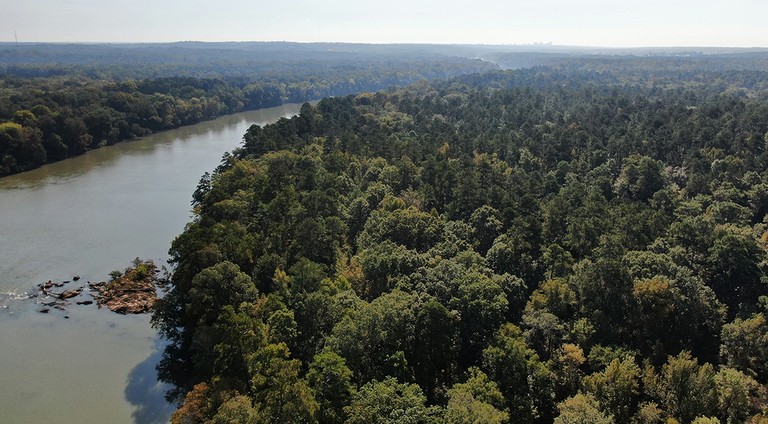
Harbison State Forest in Columbia, South Carolina enjoys a unique designation as one of the largest greenspaces within city limits east of the Mississippi River. Particularly suited to mountain biking enthusiasts, the forest’s 18 miles of trails offer riders, hikers and joggers an up-close and personal view of wilderness without ever leaving town. Bounded along its northeastern edge by the Broad River, Harbison State Forest encompasses more than 2,000 acres of forestland only nine miles from the capital city’s center. More than 30 miles of roads and trails weave through the mixed pine and hardwood forest, crossing wandering streams and descending through leafy glades to the river’s edge.
Kentucky Ridge State Forest | Kentucky
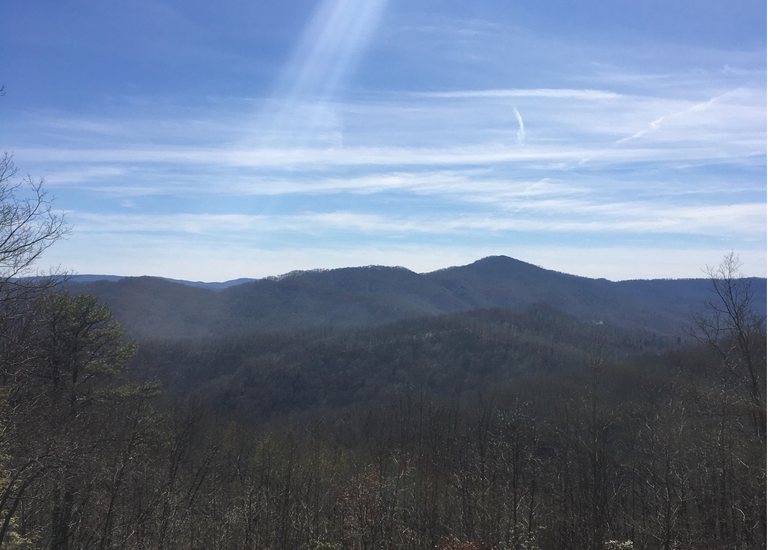
Kentucky Ridge State Forest, near Pineville, is Kentucky’s largest state forest, containing more than 15,000 acres of upland hardwoods which straddle the winding road of Highway 109, including Log Mountain to the south and Pine Mountain to the north. It is open to multi-use public recreation and is adjacent to Pine Mountain State Park.
Moro Big Pine Wildlife Management Area | Arkansas
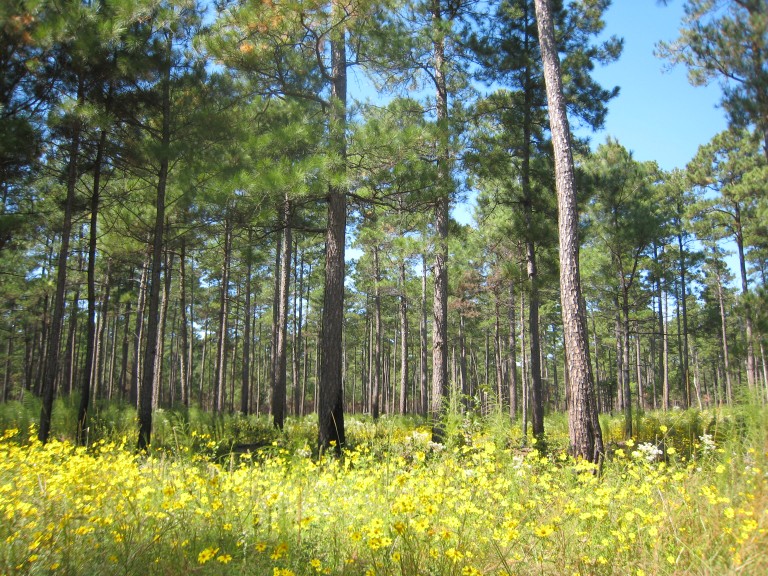
The Moro Big Pine Natural Area Wildlife Management Area (WMA) located in Calhoun County, Arkansas encompasses approximately 16,000 contiguous acres of pine flatwoods and is part of a 120,000-acre site considered to be the largest remaining loblolly pine flatwoods in the Coastal Plain of Arkansas. The WMA is home to several game species like deer, turkey and quail, as well as a variety of rare and endangered plants and animals.
Geneva State Forest | Alabama
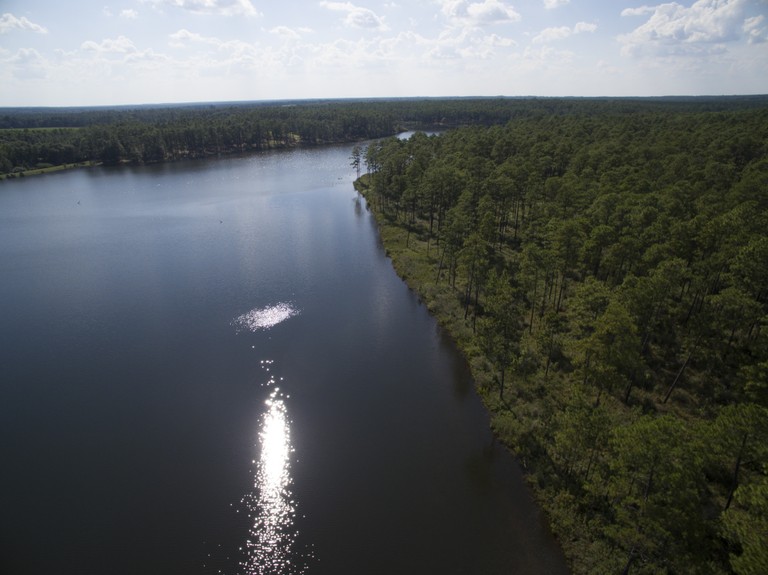
Encompassing 7,200 acres of predominately longleaf pine, Geneva State Forest is Alabama’s largest state forest. Located in the southeast area of the state, the forest not only provides timber, one of the most valuable natural resources, but also offers opportunities for wildlife viewing and recreation. The Alabama Forestry Commission regularly uses prescribed fire to manage the forest. This tool provides necessary conditions for the natural regeneration of longleaf, improving forage for wildlife as well as providing other benefits to the diverse species of the longleaf pine ecosystem.
Devil’s Backbone State Forest | Virginia
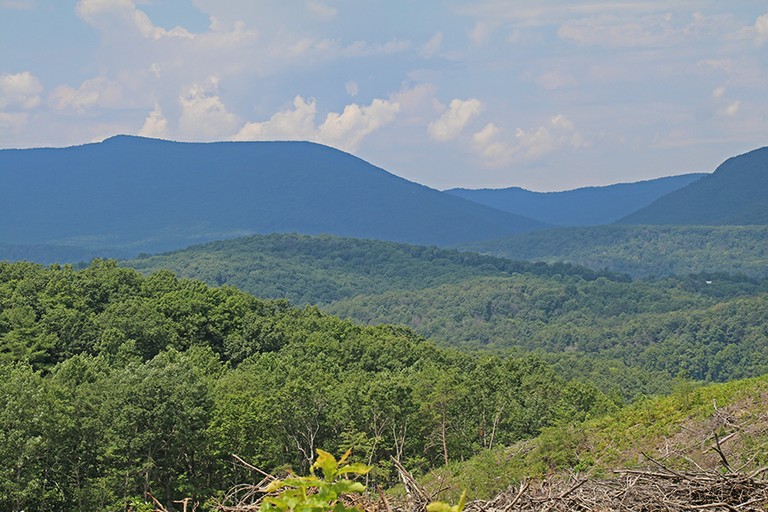
Devil’s Backbone State Forest covers more than 700 acres in Shenandoah County, Virginia. The ridge on the top of the state forest is approximately 7,000 feet in length and 180 feet wide. While the trek to the ridge may be challenging, with 35% to 70% slopes, rock outcrops and heavy underbrush, the breathtaking view makes conquering the rough terrain even more rewarding. Management of this forest focuses on demonstration of scientific forest management, applied forest research, development of diverse wildlife habitat, watershed protection, forest management to develop diverse timber stands that support biological diversity, and passive outdoor recreation.